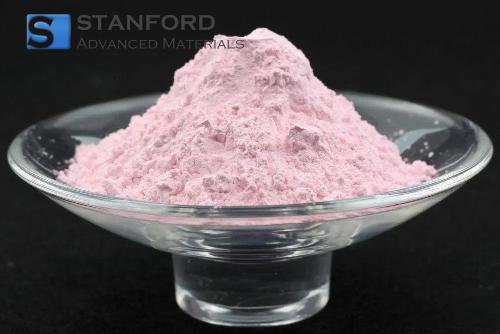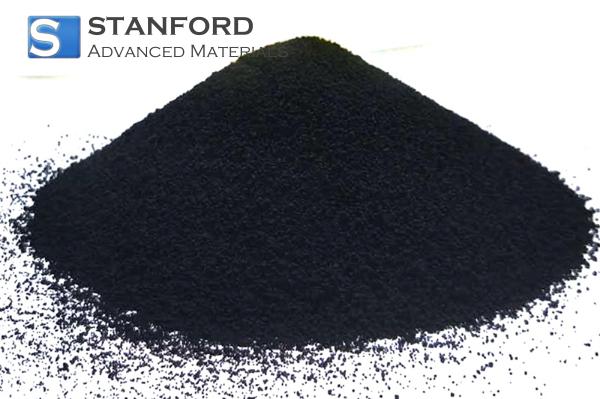Surface Roughness In Manufacturing
Introduction
Surface roughness is a significant manufacturing consideration describing the microscopic variation on a surface. Such imperfections, typically measured in micrometres (µm) or microinches (µin), can arise from machining, casting, additive manufacturing, wear, or chemical reactions. Minor variation can have a dramatic impact on the performance, appearance, and life of an individual component. Therefore, control and measurement of surface roughness are essential in a range of industries such as automotive and aerospace, medical device, and electronics.
What is Surface Roughness?
Surface roughness is fine-scale surface texture, such as peaks, valleys, and undulations. Surface roughness must not be confused with surface waviness, the state of longer wavelength irregularities, or form errors, deviations from planned geometry.
Surface roughness causes are essentially due to the process of manufacture:
• Machining: Microgrooves are created through the use of cutting tools; roughness depends upon tool sharpness and feed rate. An Ra of 0.2 µm is attainable with good-quality tooling in a CNC-milled aluminium aerospace part, for instance, with more than 1.6 µm Ra coarser cuts.
• Casting: Surface texture is a function of solidification rates and mould material; die-cast aluminium parts generally have an Ra of 1–3 µm.
• Additive Manufacturing: Stair-step structures are created through layered printing; post-processing-free selective laser melting (SLM) stainless steel has the ability to achieve Ra values up to 10 µm.
Contact and non-contact methods are available for measuring surface roughness, with information critical to both quality control and the validation of performance.
Why Is Surface Roughness Important?
Surface roughness has a direct impact on:
• Functional Performance: The uneven surface generates friction and wear. For example, in car piston rings, Ra value of more than 0.8 µm can increase friction, which reduces the engine efficiency by up to 2–3%. Conversely, a good finish surface (Ra ~0.2–0.4 µm) enhances lubrication retention and enhances the component life.
• Aesthetic Quality: Premium priced consumer electronics products require finished surfaces with less than 0.1 µm Ra for smooth premium looks.
• Strength: Surface roughness can serve as stress concentrators and cause the initiation of fatigue cracks. In turbine blades for aerospace applications, it is found that maintaining surface roughness at Ra ≤ 0.5 µm enhances fatigue life by more than 15% under cyclic loading conditions.
Methods of Measuring Surface Roughness
Contact Methods
1. Profilometers: A stylus with a diamond tip scans the surface and records deviations. Very accurate profilometers can measure Ra values from as low as 0.01 µm and are suited to precision semiconductor and metal parts.
2. Tactile Gauges: Contact gauges provide quick readings for routine quality control testing, such as verifying that a moulded plastic part meets the specification of Ra < 1 µm.
Non-Contact Methods
1. Optical Profilometry: Use interferometry or confocal microscopy to measure surfaces non-contact, optimum for soft or delicate materials like thin-film coatings or medical implants.
2. Laser Scanning: Rapid lasers scan topography large surfaces, optimum for aerospace panels where uniformity of Ra is significant on curved surfaces.
Influences on Surface Roughness Measurement
Accurate measurement depends on several influences:
• Surface Material: Ductile metals will deform when touched and skew results; aluminium, titanium, and stainless steel require distinct stylus forces.
• Measuring Environment: Variations in temperature, vibration, and illumination levels can skew readings. In precision labs, measurements are conducted at 20 ± 1°C to exclude thermal expansion effects.
• Instrument Calibration: Profilometers and optical scanners must be calibrated against accredited roughness standards, most often on a per-measurement session basis, to ensure repeatability.
Applications of Surface Roughness Measurement
|
Industry |
Application |
Typical Ra Values |
Case Example |
|
Automotive |
Engine components, seals, brake pads |
0.2–1.0 µm |
CNC-milled aluminium pistons achieve Ra ~0.3 µm for optimal lubrication retention |
|
Aerospace |
Turbine blades, fuselage panels |
0.1–0.5 µm |
Titanium turbine blades finished to Ra ≤ 0.5 µm improve fatigue life by ~15% |
|
Medical Devices |
Implants, surgical instruments |
0.05–0.3 µm |
Polished stainless steel surgical scalpels for minimal tissue adhesion |
|
Electronics |
PCB contacts, connectors |
0.01–0.1 µm |
Gold-plated contacts with Ra < 0.05 µm reduce electrical resistance and wear |
For more information, please check Stanford Advanced Materials (SAM).
Frequently Asked Questions
What is the standard unit of measurement for surface roughness?
Micrometres (µm) or microinches (µin).
Why is surface roughness critical in manufacturing?
It impacts performance, durability, and appearance, and assures components are within design and functional specifications.
Can surface roughness be enhanced after production?
Yes—by grinding, polishing, lapping, or coating to finish as needed.
What is the difference between Ra and Rz?
Ra is a mean roughness measurement, while Rz is the average peak-to-valley height along a sampling length and is complementary data.
When should instruments be calibrated?
Calibration is performed prior to use or as necessary, using certified roughness standards for accuracy.

 Bars
Bars
 Beads & Spheres
Beads & Spheres
 Bolts & Nuts
Bolts & Nuts
 Crucibles
Crucibles
 Discs
Discs
 Fibers & Fabrics
Fibers & Fabrics
 Films
Films
 Flake
Flake
 Foams
Foams
 Foil
Foil
 Granules
Granules
 Honeycombs
Honeycombs
 Ink
Ink
 Laminate
Laminate
 Lumps
Lumps
 Meshes
Meshes
 Metallised Film
Metallised Film
 Plate
Plate
 Powders
Powders
 Rod
Rod
 Sheets
Sheets
 Single Crystals
Single Crystals
 Sputtering Target
Sputtering Target
 Tubes
Tubes
 Washer
Washer
 Wires
Wires
 Converters & Calculators
Converters & Calculators
 Write for Us
Write for Us





 Chin Trento
Chin Trento



